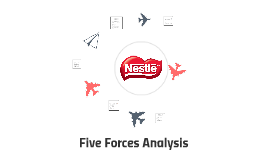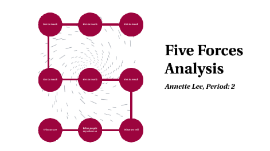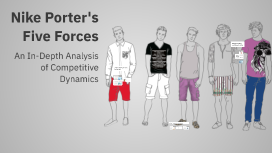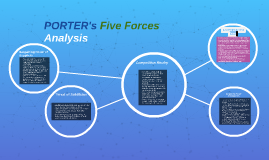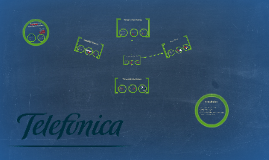Five Forces Analysis
Transcript: Brand Loyalty and Customer Relationships Established companies like TSMC benefit from strong brand loyalty and long-lasting customer relationships. New entrants must overcome significant inertia, as customers are often reluctant to switch suppliers due to reliability and trust factors. Conclusion: Impact of New Entrants Capital Requirements Starting a semiconductor company demands considerable capital investment in advanced manufacturing facilities and technology. Initial costs can reach billions, limiting entry to only well-funded corporations and restricting new market players. The threat of new entrants in the semiconductor industry remains low due to high barriers, significant capital requirements, and entrenched customer loyalty. These factors create a stable competitive environment, reinforcing the dominance of established players like TSMC. Barriers to Entry for Semiconductor Industry The semiconductor industry is characterized by high barriers to entry, including complex technology, substantial R&D requirements, and stringent regulatory compliance. These factors create challenges for new competitors seeking to establish a foothold in the market. Threat of New Entrants The semiconductor industry faces significant barriers that deter new entrants from competing effectively. Factors such as capital intensity and customer loyalty play critical roles in maintaining industry stability. Objectives of the Analysis The primary objectives of this Five Forces Analysis are to identify the key competitive pressures affecting TSMC and to evaluate the strategic implications of these forces. Ultimately, it aims to provide actionable insights to enhance TSMC's operational effectiveness and market share. Importance for TSMC Understanding Five Forces is essential for TSMC as it operates in a highly competitive semiconductor market. Insights gained from this analysis inform strategic planning, resource allocation, and market positioning to ensure sustained growth and profitability. Price Sensitivity in Market Product Differentiation Effects Five Forces Analysis Buyers in the semiconductor space exhibit high price sensitivity due to the competitive landscape. Increased competition has led to relentless pressure on pricing, requiring TSMC to implement cost efficiency strategies to meet buyer expectations without sacrificing quality. The level of product differentiation affects buyer power significantly. TSMC's advanced technology and unique processes allow for some pricing power. However, in highly commoditized segments, buyers may opt for alternatives, influencing TSMC's market strategy. Buyer Concentration and Influence In the semiconductor market, a few large buyers dominate the landscape, such as Apple and Qualcomm. This concentration gives them significant leverage over suppliers like TSMC, allowing them to negotiate for better prices and terms, impacting overall profitability. Bargaining Power of Buyers Overview of Five Forces Framework The bargaining power of buyers in the semiconductor industry is significant, influencing market dynamics and affecting pricing strategies. TSMC must navigate these influences to maintain a competitive edge. Introduction to Five Forces Analysis The Five Forces Framework, developed by Michael E. Porter, identifies five key factors that influence competitive rivalry: threat of new entrants, bargaining power of suppliers, bargaining power of buyers, threat of substitute products, and industry rivalry. This strategic tool helps firms assess their industry landscape and guide decision-making. The Five Forces Analysis framework provides a comprehensive understanding of the competitive dynamics within an industry. This analysis is crucial for TSMC to navigate the semiconductor market effectively and maintain its leadership position. An In-Depth Look at TSMC's Competitive Landscape Impact of Raw Material Availability Raw material availability is critical in semiconductor manufacturing, significantly impacting production timelines and costs. Fluctuations in the supply of materials like silicon and copper directly influence TSMC's ability to meet demand and maintain competitive pricing. Major Competitors in the Semiconductor Market Supplier Switching Costs Switching costs for TSMC when changing suppliers can be substantial due to the specialized technology and processes involved. High switching costs can lead to increased supplier dependency, which impacts negotiation power and sustainability of supply chains. Key players include Intel, Samsung, and GlobalFoundries, each holding substantial market shares. Intel focuses on advanced process technology, while Samsung leverages its powerful manufacturing capabilities to compete aggressively. Supplier Concentration and Control Rivalry Among Existing Competitors The semiconductor supply chain often sees a limited number of suppliers controlling essential materials and components. This concentration can lead to increased pricing power for suppliers,







